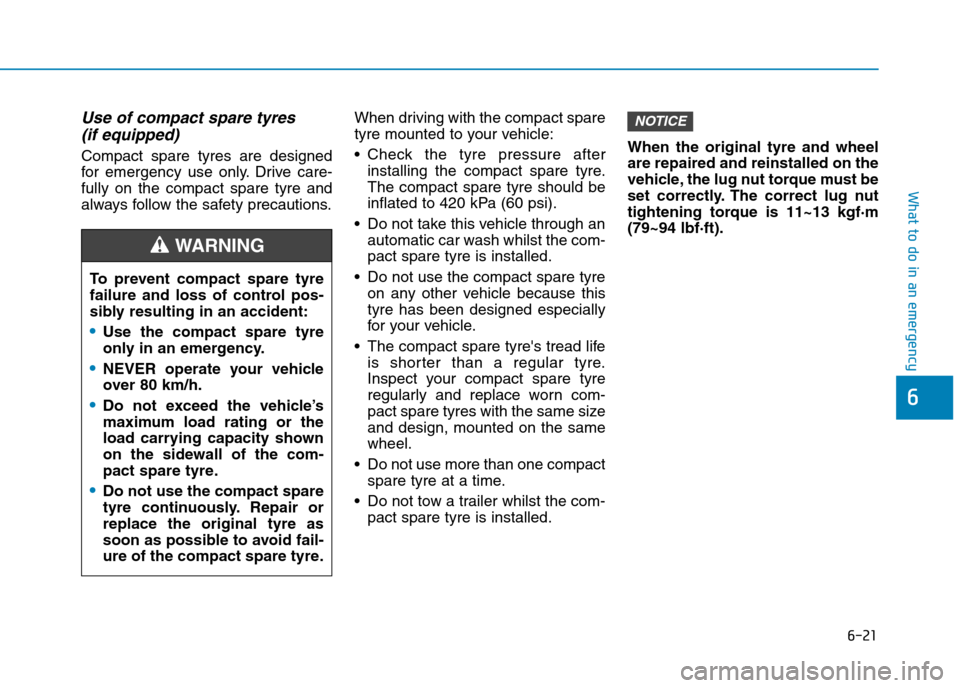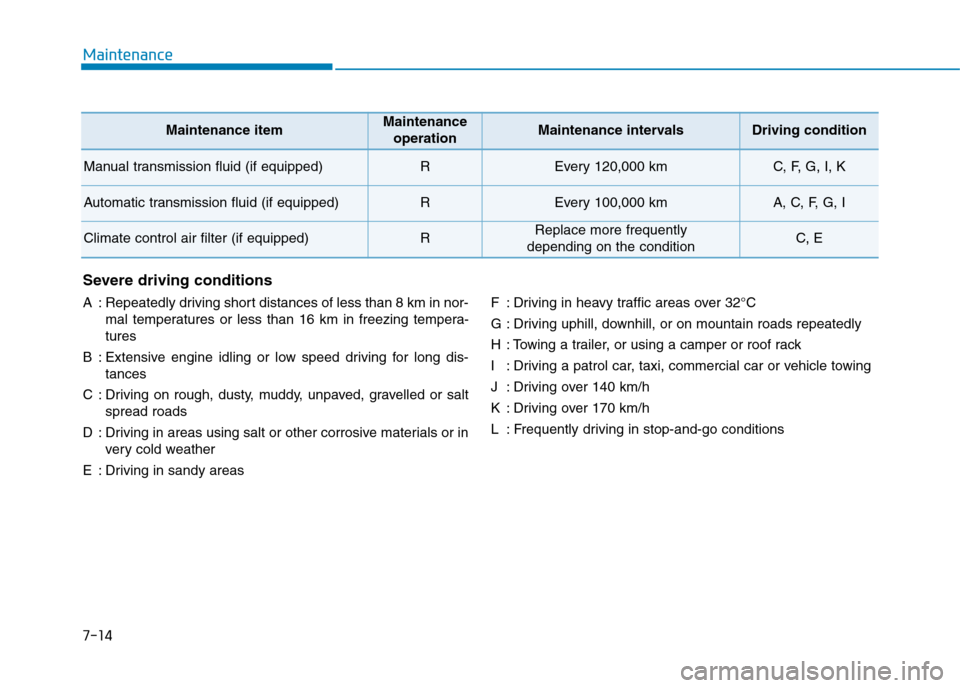Page 10 of 571
VVEEHHIICCLLEE RRUUNN--IINN PPRROOCCEESSSS
F10
Introduction
By following a few simple precau-
tions for the first 1,000 km you may
add to the performance, economy
and life of your vehicle.
•Do not race the engine.
•Whilst driving, keep your engine
speed (rpm, or revolutions per
minute) between 2,000 rpm and
4,000 rpm.
•Do not maintain a single speed for
long periods of time, either fast or
slow. Varying engine speed is
needed to properly run-in the
engine.
•Avoid hard stops, except in emer-
gencies, to allow the brakes to seat
properly.
•Don't tow a trailer during the first
2,000 km of operation.
Page 428 of 571
5-52
Driving your vehicle
- A motorcycle or bicycle is near.
- A flat trailer is near.
- If the vehicle has started at the
same time as the vehicle next to
you and has accelerated.
- When the other vehicle passes at a
ver y fast speed.
- Whilst changing lanes.
- Whilst going down or up a steep
road where the height of the lane is
different.
- When the other vehicle approaches
ver y close.
- When a trailer or carrier is installed.
- When the temperature of the rear
bumper is high.
- When the sensors are blocked by
other vehicles, walls or parking-lot
pillars.
- When the detected vehicle revers-
es, as your vehicle reverses.
- If there are small objects in the
detecting area such as a shopping
cart or a pram.
- If there is a low height vehicle such
as a sports car.
- When other vehicles are close to
your vehicle.
- When the vehicle in the next lane
moves two lanes away from you
OR when the vehicle two lanes
away moves to the next lane from
you.
Page 444 of 571
5-68
Driving your vehicle
We do not recommend using this
vehicle for trailer towing.
TTRRAAIILLEERR TTOOWWIINNGG
Page 465 of 571

6-21
What to do in an emergency
6
Use of compact spare tyres
(if equipped)
Compact spare tyres are designed
for emergency use only. Drive care-
fully on the compact spare tyre and
always follow the safety precautions.
When driving with the compact spare
tyre mounted to your vehicle:
•Check the tyre pressure after
installing the compact spare tyre.
The compact spare tyre should be
inflated to 420 kPa (60 psi).
•Do not take this vehicle through an
automatic car wash whilst the com-
pact spare tyre is installed.
•Do not use the compact spare tyre
on any other vehicle because this
tyre has been designed especially
for your vehicle.
•The compact spare tyre's tread life
is shorter than a regular tyre.
Inspect your compact spare tyre
regularly and replace worn com-
pact spare tyres with the same size
and design, mounted on the same
wheel.
•Do not use more than one compact
spare tyre at a time.
•Do not tow a trailer whilst the com-
pact spare tyre is installed.
When the original tyre and wheel
are repaired and reinstalled on the
vehicle, the lug nut torque must be
set correctly. The correct lug nut
tightening torque is 11~13 kgf·m
(79~94 lbf·ft).
NOTICE
To p r e v e n t c o m p a c t s p a r e t y r e
failure and loss of control pos-
sibly resulting in an accident:
•Use the compact spare tyre
only in an emergency.
•NEVER operate your vehicle
over 80 km/h.
•Do not exceed the vehicle’s
maximum load rating or the
load carrying capacity shown
on the sidewall of the com-
pact spare tyre.
•Do not use the compact spare
tyre continuously. Repair or
replace the original tyre as
soon as possible to avoid fail-
ure of the compact spare tyre.
WA R N I N G
Page 484 of 571

7-14
Maintenance
Severe driving conditions
A:Repeatedly driving short distances of less than 8 km in nor-
mal temperatures or less than 16 km in freezing tempera-
tures
B:Extensive engine idling or low speed driving for long dis-
tances
C:Driving on rough, dusty, muddy, unpaved, gravelled or salt
spread roads
D:Driving in areas using salt or other corrosive materials or in
ver y cold weather
E:Driving in sandy areas
F:Driving in heavy traffic areas over 32°C
G:Driving uphill, downhill, or on mountain roads repeatedly
H:Towing a trailer, or using a camper or roof rack
I:Driving a patrol car, taxi, commercial car or vehicle towing
J:Driving over 140 km/h
K:Driving over 170 km/h
L:Frequently driving in stop-and-go conditions
Maintenance itemMaintenance
operationMaintenance intervalsDriving condition
Manual transmission fluid (if equipped)REvery 120,000 kmC, F, G, I, K
Automatic transmission fluid (if equipped)REvery 100,000 kmA, C, F, G, I
Climate control air filter (if equipped)RReplace more frequently
depending on the conditionC, E